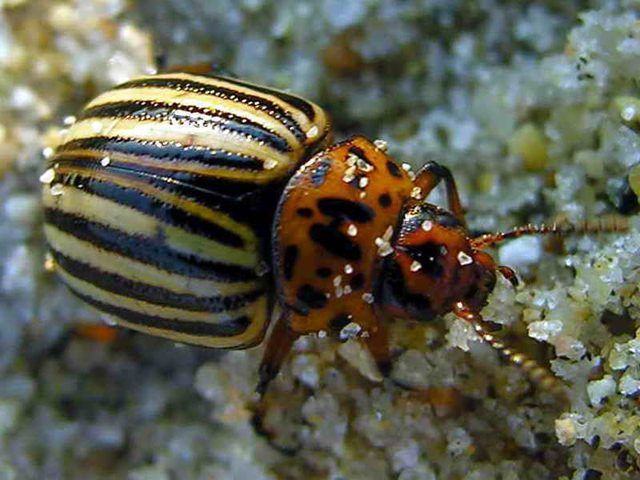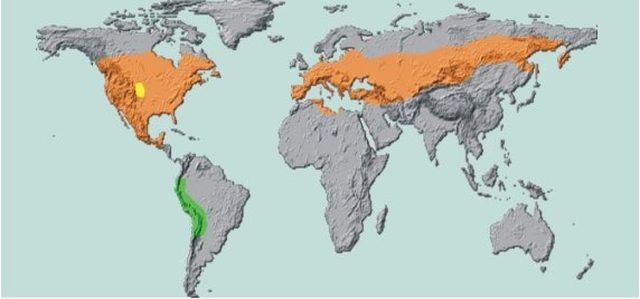Bulbs
Flower Basics
Flower Beds & Specialty Gardens
Flower Garden
Garden Furniture
Garden Gnomes
Garden Seeds
Garden Sheds
Garden Statues
Garden Tools & Supplies
Gardening Basics
Green & Organic
Groundcovers & Vines
Growing Annuals
Growing Basil
Growing Beans
Growing Berries
Growing Blueberries
Growing Cactus
Growing Corn
Growing Cotton
Growing Edibles
Growing Flowers
Growing Garlic
Growing Grapes
Growing Grass
Growing Herbs
Growing Jasmine
Growing Mint
Growing Mushrooms
Orchids
Growing Peanuts
Growing Perennials
Growing Plants
Growing Rosemary
Growing Roses
Growing Strawberries
Growing Sunflowers
Growing Thyme
Growing Tomatoes
Growing Tulips
Growing Vegetables
Herb Basics
Herb Garden
Indoor Growing
Landscaping Basics
Landscaping Patios
Landscaping Plants
Landscaping Shrubs
Landscaping Trees
Landscaping Walks & Pathways
Lawn Basics
Lawn Maintenance
Lawn Mowers
Lawn Ornaments
Lawn Planting
Lawn Tools
Outdoor Growing
Overall Landscape Planning
Pests, Weeds & Problems
Plant Basics
Rock Garden
Rose Garden
Shrubs
Soil
Specialty Gardens
Trees
Vegetable Garden
Yard Maintenance
Does Neem Work on Colorado Potato Beetles?
Does Neem Work on Colorado Potato Beetles?. The Colorado potato beetle is a species native to the southwestern United States and Mexico that has over the past century expanded its range throughout much of North America and even into Europe. It is a major pest of crops in the Solanum family. It's particularly associated with potato crops but will...

The Colorado potato beetle is a species native to the southwestern United States and Mexico that has over the past century expanded its range throughout much of North America and even into Europe. It is a major pest of crops in the Solanum family. It's particularly associated with potato crops but will also do damage to tomato and pepper plants The insect can be controlled on a modest basis with Neem, a natural insecticide made from the neem tree.
The Colorado Potato Beetle
The Colorado potato beetle is native to the south central United States, and was first found in 1824 in the Missouri River Valley. Believed to have naturally fed on buffalo burr (a member of the Solanum family of nightshades) it eventually expanded its diet to include a broad range of nightshade related crops, including potato, tomato, pepper and eggplant. In extending its diet, it also extended its range from the small area believed to be its original niche to a broad band of territory covering the majority of North America and a ribbon of Europe and Asia. The insect has developed resistance to arsenic based insecticides, carbamates, chlorines, phosphates, pyrethroids and also is showing resistance to neonicotinoid insecticides. Many of the chemicals used to control potato beetles commercially are not recommended for home use and are also showing signs of failure.

Life Cycle
The Colorado potato beetle has a standard egg, larva, pupa and adult life cycle. Eggs are laid under leaves in clusters, and the female can lay as many as 500 eggs over a month. Larva are blood red to medium orange in color, humpbacked and marked with double rows of dots on the side. They grow to full size over a period of one to two weeks. The entire cycle can take as little as 21 days from laid egg to mature adult ready to reproduce. Both larvae and adults feed on the leaves and foliage of the potato plant, and they will even burrow into the soil to get access to sprouting foliage. The adults overwinter in the soil and emerge in spring ready to eat and begin a new generation.

Neem
Neem is a natural insecticide extracted from the neem tree. The neem is native to the Indian subcontinent, and serves a range of uses beyond insecticidal purposes. It is a favorite of home gardeners as the toxicity in respect to humans is marginal and the duration of the toxin is limited, wearing off over a period of weeks. Neem has proven effective against many pests, although seldom as decisively effective as some tailored chemical products. It is among the natural products shown to have an effect on Colorado potato beetles.
Treatment of Colorado Potato Beetles with Neem
Neem oil for insecticidal use is intended to be applied as a spray. It can be purchased premixed at many garden centers, or the oil can be bought and mixed at home according to directions. The oil mix is sprayed onto the foliage of plants. It can also be sprayed directly on pests. The active ingredient, azadiractin, stops insects from feeding and disrupts their metabolic patterns.
Drawbacks
Neem is effective but not perfectly so. Application of neem has been tested and shown to have between a 54 percent and 87.9 percent success rate. The applications last for only a few weeks and must be reapplied often. While sometimes advertised as a product that evades the problem of chemical resistance developing, Colorado potato bugs can build up resistance to neem oil as to any other chemical pesticide. The most effective method of using neem is in combination with a range of other pest preventive techniques. Bacillus thuringiensis var. tenebrionis, often referred to as B.t.t., can be applied in combination with neem, and hand picking and killing helps. Maintaining high standards of end of season cleanup, and the use of early sprouting varietals of Solanum crops can also reduce the effects of the Colorado potato beetle. By using an entire range of control techniques, the likelihood of resistance developing is reduced and the success rates of the program increased.